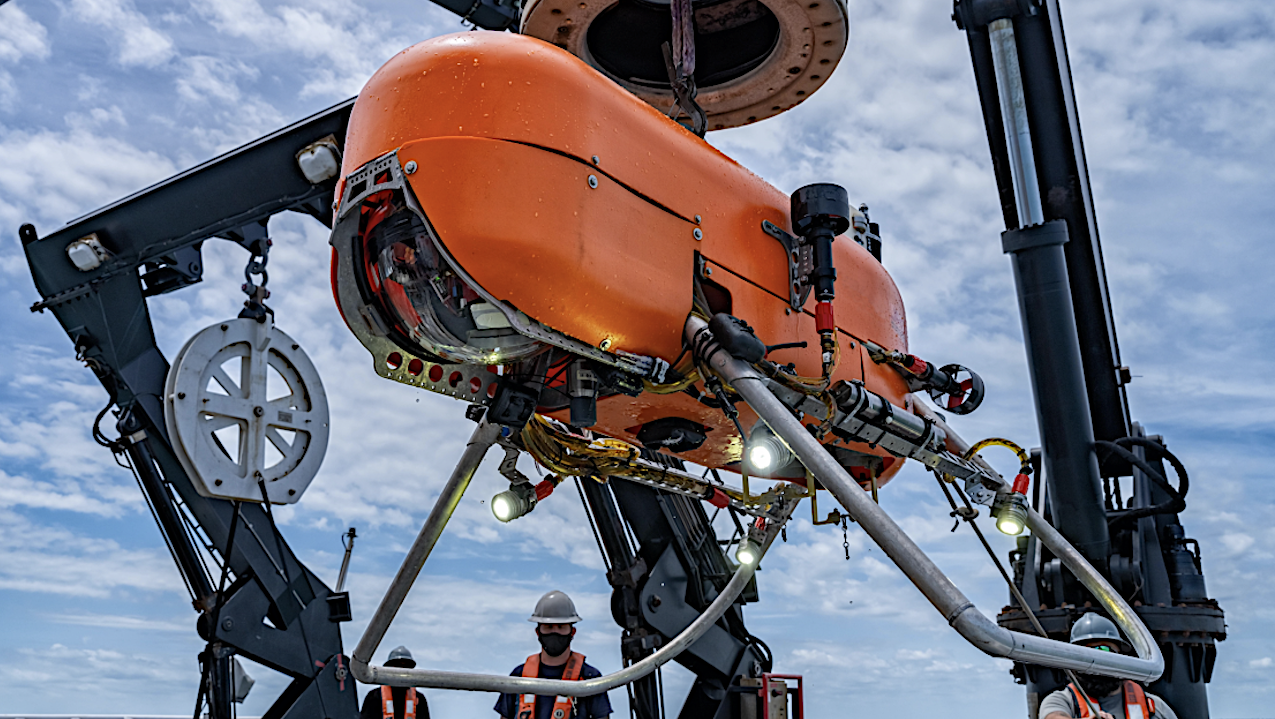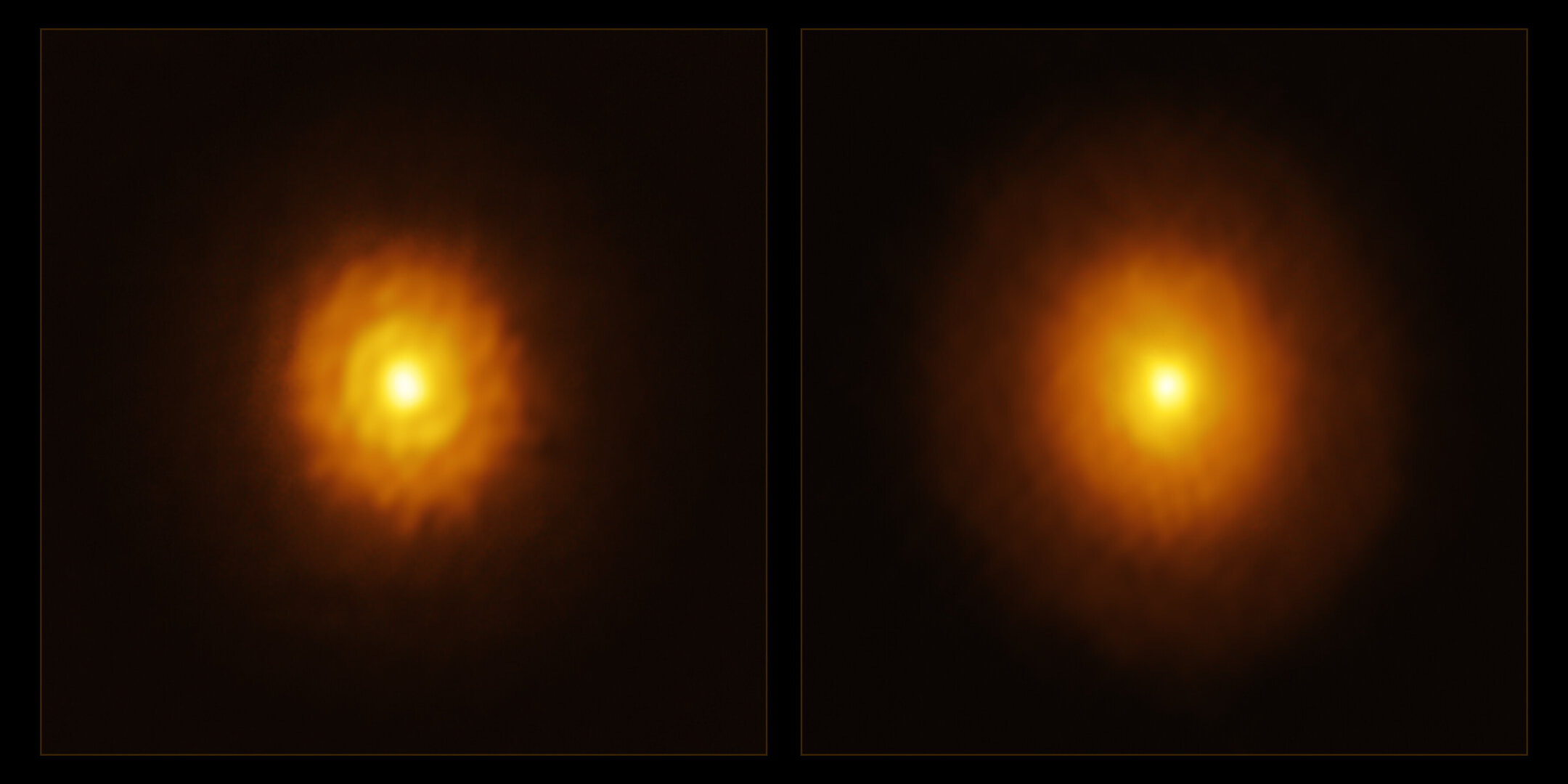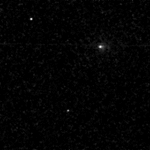Now Reading: New Discoveries Challenge Understanding of MP Mus Stellar System
-
01
New Discoveries Challenge Understanding of MP Mus Stellar System
New Discoveries Challenge Understanding of MP Mus Stellar System


The story of MP Mus (PDS 66) serves as a reminder that our understanding of stellar systems can evolve dramatically with new evidence. Initially perceived as a lonely star encircled by a featureless protoplanetary disc, recent observations reveal a more complex narrative. The initial smoothness of the disc, observed with the Atacama Large Millimeter/submillimeter Array (ALMA), led astronomers to conclude that MP Mus was devoid of planets. This assumption was challenged when extended observations unveiled a gap and a ring structure within the disc, suggesting the presence of forming planetary companions.
This phenomenon illustrates a fundamental point in astrophysics: outward appearances can be misleading. The structure of a protoplanetary disc does not always provide a complete or accurate picture of a star’s environment. While many discs exhibit distinct gaps where planets have formed, some may appear smooth due to the viewing angle or the limitations of the observational equipment. This reinforces the necessity for multiple observational techniques and perspectives when studying celestial bodies.
The collaboration between different research teams enhances our understanding of such stars. The observations by Álvaro Ribas’ team reveal new structures within the disc, while Miguel Vioque’s analysis of the star’s wobble offers insight into the gravitational influences at play. The wobbling of stars, also known as stellar radial velocity, can indicate the presence of a companion, often an unseen planet exerting a gravitational pull.
In a broader context, this case exemplifies how technological advancements, like those brought about by the ALMA and the Gaia mission, are revolutionizing our grasp of the cosmos. ALMA’s ability to observe at different wavelengths allows for deeper insights into protoplanetary discs, while Gaia’s precise measurements of stellar motions help uncover hidden companions that might influence these discs’ structure. Such technologies work in concert, providing a more nuanced understanding of star-formation processes.
The implications transcend the immediate findings about MP Mus. They suggest that other seemingly isolated stars may also host undiscovered companions, potentially altering our models of star formation and the dynamics of planetary systems. If we take into account the lessons learned from MP Mus, astronomers should approach other solitary stars with renewed curiosity and skepticism regarding their apparent isolation.
Moreover, the idea of a star’s protoplanetary disc as a mere backdrop is an oversimplification. The disc is a dynamic environment where gas and dust coalesce to form planets, but it can also be a canvas that tells stories about gravitational interactions, migration patterns, and the lifecycle of stellar systems. Each disc is unique, influenced by the mass of the star, the angular momentum of surrounding material, and environmental factors from other celestial bodies.
Additionally, the study of protoplanetary discs ties into crucial questions about the origin of life. The composition of material found in these discs can hint at the potential for habitable conditions elsewhere in the universe. Understanding the complexities of these discs will help scientists speculate about the formation of Earth-like planets and the conditions necessary for life.
Ultimately, the case of MP Mus underscores an essential truth in astronomy: as our observational prowess improves, so too does our ability to discern the intricate tapestry of the universe. Continuing to challenge our assumptions, embracing new methodologies, and fostering collaborative research efforts will pave the way for groundbreaking discoveries that may reshape our cosmic perspective.
Stay Informed With the Latest & Most Important News
Previous Post
Next Post
-
 012024 in Review: Highlights from NASA in Silicon Valley
012024 in Review: Highlights from NASA in Silicon Valley -
 02Panasonic Leica Summilux DG 15mm f/1.7 ASPH review
02Panasonic Leica Summilux DG 15mm f/1.7 ASPH review -
 03How New NASA, India Earth Satellite NISAR Will See Earth
03How New NASA, India Earth Satellite NISAR Will See Earth -
 04And Thus Begins A New Year For Life On Earth
04And Thus Begins A New Year For Life On Earth -
 05Astronomy Activation Ambassadors: A New Era
05Astronomy Activation Ambassadors: A New Era -
06SpaceX launch surge helps set new global launch record in 2024
-
 07Space Force plans new ‘Futures Command’ amid pressure to speed up modernization
07Space Force plans new ‘Futures Command’ amid pressure to speed up modernization



















